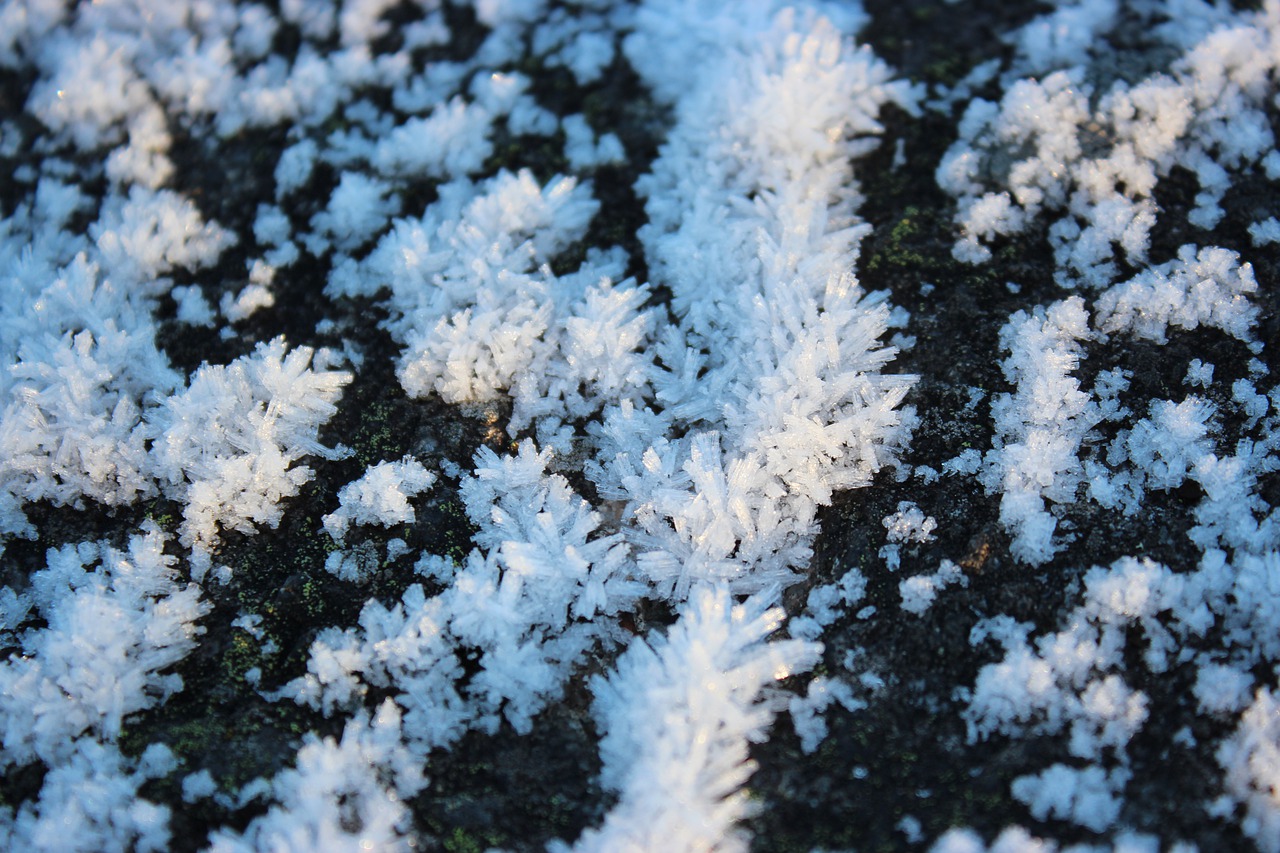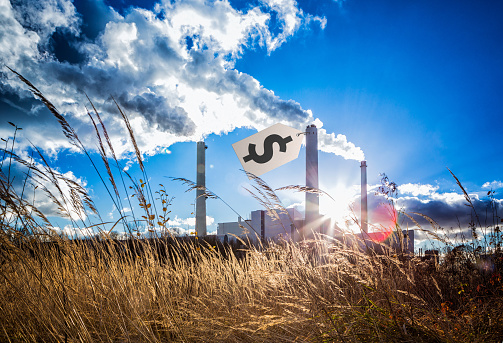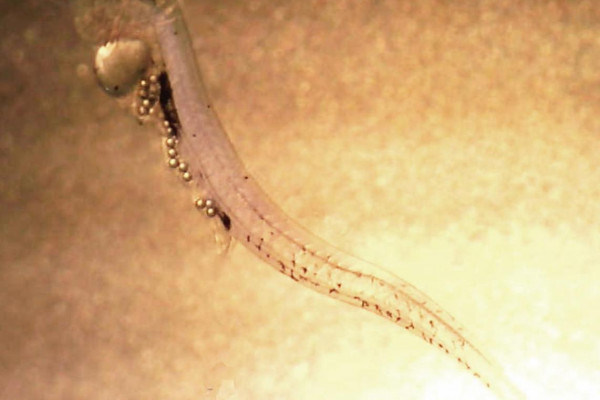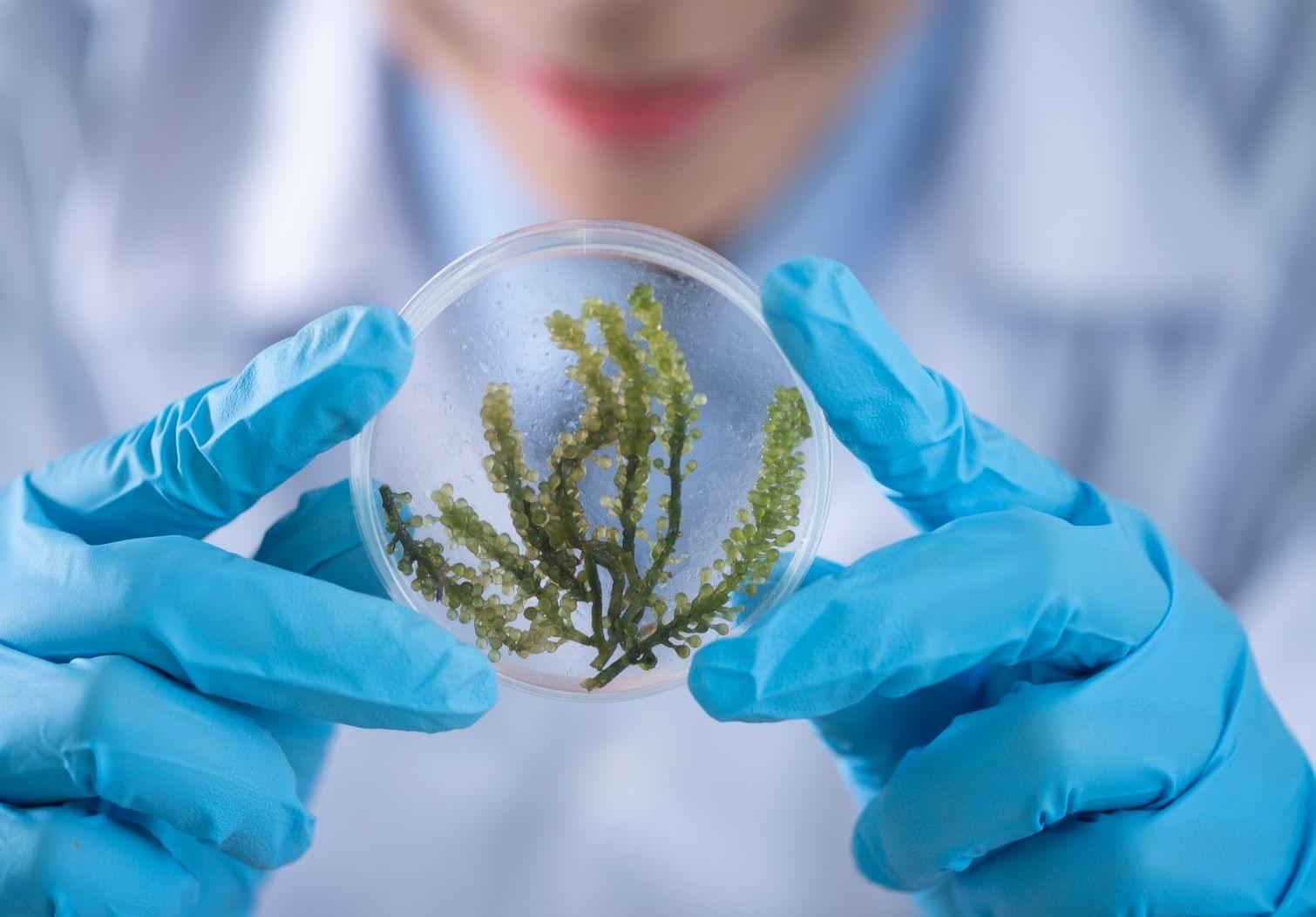
Nearly a quarter of the northern hemisphere, an area twice
the size of the United States is covered in permafrost - soil that is frozen
for at least 2 years straight. But, contrary to its name, Permafrost is not as
permanent as one would believe. The Earth is warming at an alarming speed with
the Arctic warming at twice as fast. Across these barely inhabited regions, where
winter temperatures can dip below -50°C, the ground is starting to give way. Rapid
erosion and collapsing sinkholes are causing irreparable damage for housing,
roads, pipelines, but the real worry is below the surface. When permafrost
thaws, rich deposits of organic material, from animal carcasses and old plants,
are uncovered and become food for microbes that produce carbon dioxide and, from
pooling water in thermokarst lakes, methane. These releases of greenhouses
gasses in turn warm the earth and produce a continuous feedback loop that accelerates
climate change. Unlike other sources of
greenhouse gases, the difficulty with melting permafrost is that we cannot
directly control it.
Northern permafrost contains 1600 billion tons of carbon - twice as much carbon
than is currently found in the atmosphere or three times as much as what is
locked in the world forests. Due to a lack of understanding of permafrost
thawing profiles, estimates vary widely on its environmental impact. If we’re
good, permafrost can actually help us sequester carbon. If we’re not, then it’
a ticking time bomb. Some scientists predict thawing of 5-15% of the permafrost
in the next two decades, which would result in a 0.27°C rise. If we want to
limit the global temperature rise to less than 1.5°C from pre-industrial
levels, emissions from permafrost alone can use up a quarter of our carbon budget.
It’s important to include secondary climate change effects into
carbon calculations. 1kg of carbon dioxide released in the atmosphere can
result in an out-sized and unpredictable effect.



